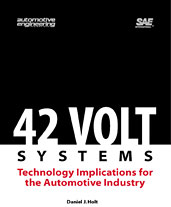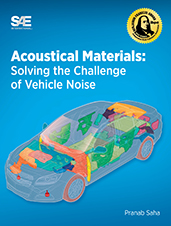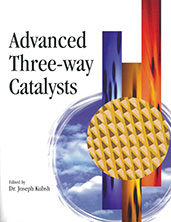Book

2016 Mobility Engineering Professionals Salary Survey
2016-07-14
EXCLUSIVE MEMBER BENEFIT: 2016 MOBILITY ENGINEERING PROFESSIONAL SALARY SURVEY AND CALCULATOR Gain better insight into compensation practices: this salary survey is the only study its kind to explore levels and changes in compensation and employment for engineers and technical employees in the automotive, aerospace, and commercial vehicle industries. It benchmarks compensation levels based by geography, education, industry sector, experience, and managerial and budgetary responsibility. The full report is available to SAE International members by signing into your My SAE account and downloading it into your My Library area. Members also have full access to the updated online interactive salary calculator by visiting SAE’s website. Become a member of SAE International to access this exclusive benefit for free, or purchase it today. YOU BELONG HERE. Membership helps you succeed both personally and professionally. Join us today.



















